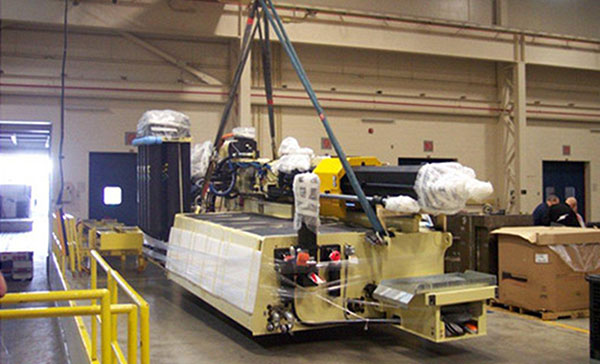Becoming a Machinery Wizard in Ontario: Your Guide to Being a Millwright
So, you’ve heard about millwrights, those cool folks who work with huge machines, putting them together and making sure they run smoothly. If you’re in Ontario and thinking, “Hey, that sounds like a fun job!” you’re in the right place. Let’s explore the steps to become a millwright in this beautiful Canadian province.
1. Understand What a Millwright Does
Before diving in, it’s essential to know what you’re signing up for. Millwrights in Ontario install, repair, and maintain machinery in places like factories, power plants, and construction sites. They’re like the superheroes of the machine world!
2. Get Your High School Diploma
Like many great journeys, this one starts at school. To become a millwright, you should have a high school diploma. Subjects like math, physics, and technology are especially useful because they help you understand machinery and measurements.
3. Consider Pre-Apprenticeship Training
While it’s not always a must, some folks choose to do a pre-apprenticeship program at a college or training center. This can give you a head start by teaching you the basics before you jump into the real-world training.
4. Enter an Apprenticeship
This is where the real fun begins! An apprenticeship is like learning on the job. You’ll work alongside experienced millwrights, getting hands-on experience and learning all the tricks of the trade.
- Find an employer willing to sponsor your apprenticeship. This means they support you as you learn.
- Register as an apprentice with the Ontario Ministry of Labour, Training and Skills Development.
5. Time to Study and Work
In Ontario, the millwright apprenticeship typically takes about 4 years. This includes both on-the-job training and classroom learning. It’s a mix of getting your hands dirty with machinery and understanding the theory behind it.
6. Take the Exam
Once you’ve completed your apprenticeship hours and learned all there is to know, you’ll take the Certificate of Qualification exam. Passing this proves you’ve got the skills and knowledge to be a professional millwright.
7. Join the Ontario Millwrights Union (Optional)
Some millwrights choose to join a union, which can offer benefits like job placements, continued training, and support in your career.
In Conclusion
Becoming a millwright in Ontario is a journey that mixes school, hands-on training, and a dash of determination. If you love solving puzzles, working with big machines, and making sure things run smoothly, this might be the perfect path for you. The province is full of opportunities for skilled millwrights, so gear up and dive into this rewarding career!


